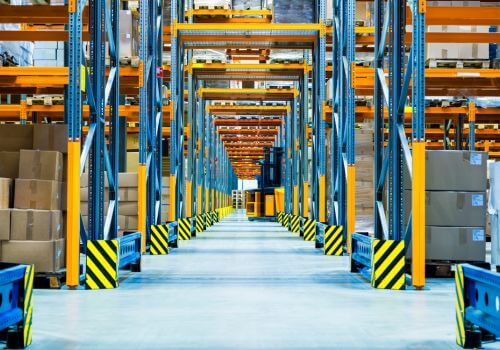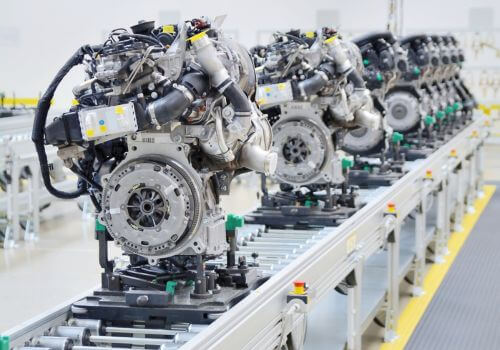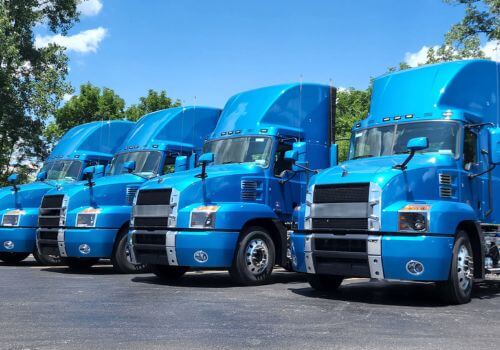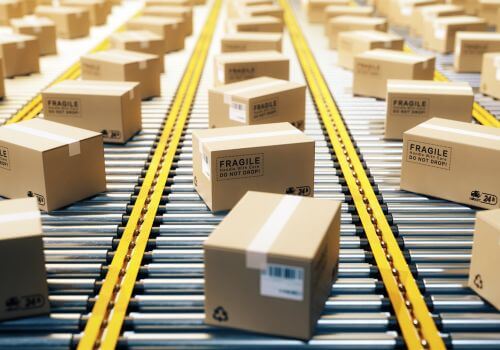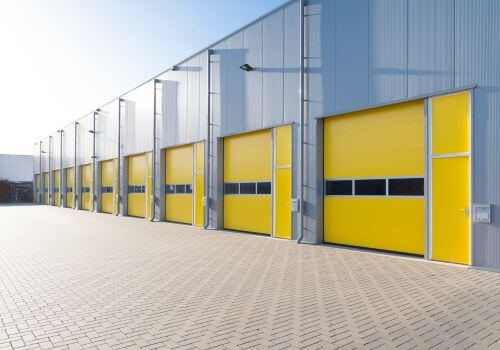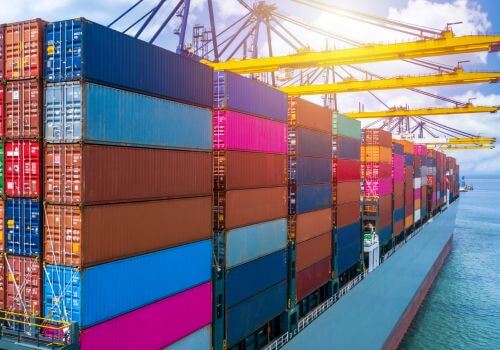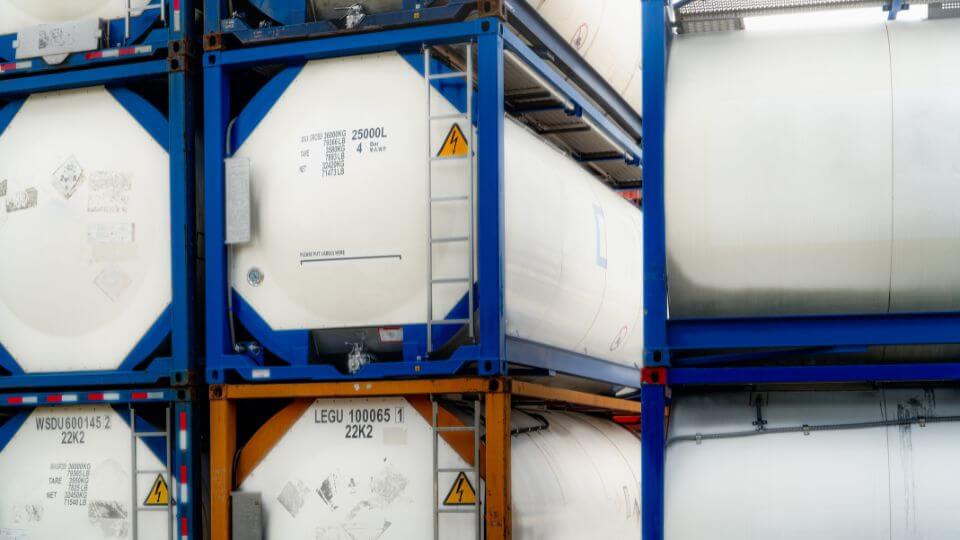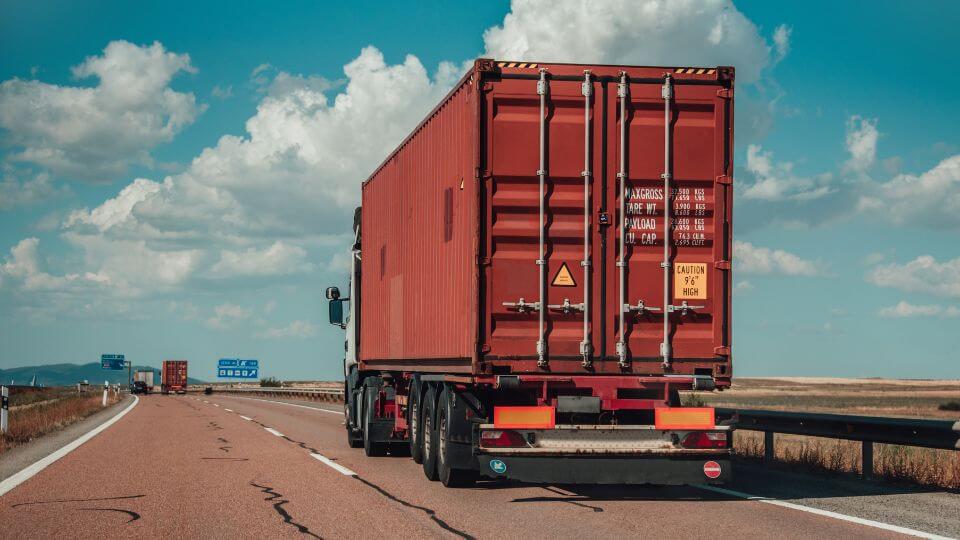Table of Contents
The Gigafactory 1, a warehouse owned by the tech giant Tesla, spans over 2900 acres! The plant employs over 12,000 people and is expected to produce 500,000 cars per year. While a rare jewel in the industry, it begs the question, is centralization truly lucrative? Or is it just a symbol of the tech giant’s resources and has nothing to do with the functionality of centralized warehouses?
In this guide, we will thoroughly explain the importance of centralized and decentralized warehousing, touching on both the good and bad sides to help you decide in selecting between them. So without further ado, let’s jump right into it!
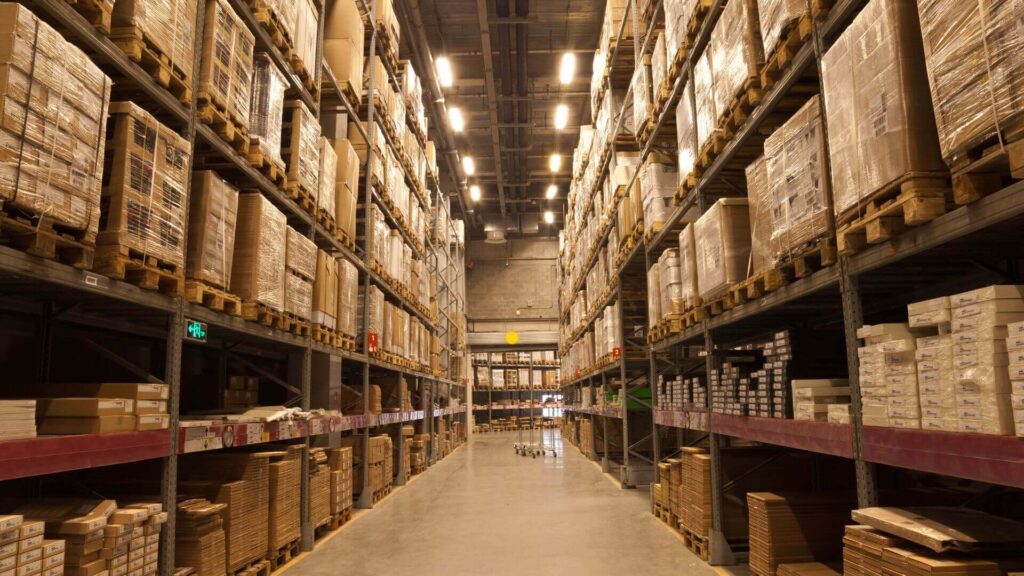

What is a Warehouse?
A warehouse is a storage facility used by businesses and companies to store their goods, from where they are directly distributed. Therefore, the closer the delivery address from the warehouse, the faster they can receive the product.
Note that the distribution doesn’t necessarily mean delivering it to the customer but rather to anyone in the supply chain, such as the store, factory, or wholesalers.
There are two major types of warehouses, centralized and decentralized warehousing. Let’s quickly define them both.
What is a Centralized Warehouse?
When a company decides to purchase and operate a handful of extremely large warehouse(s) in the region of most traffic can be described as centralized warehousing. These big storage facilities act as a hub from where the inventory can be accessed by others in the supply chain.
What is a Decentralized Warehouse?
A more contemporary solution, decentralized warehousing can be thought of as numerous storage facilities across a wide area of operation. This is done to make goods available at a glance to everyone in the supply chain and reduce the time it requires to reach them.
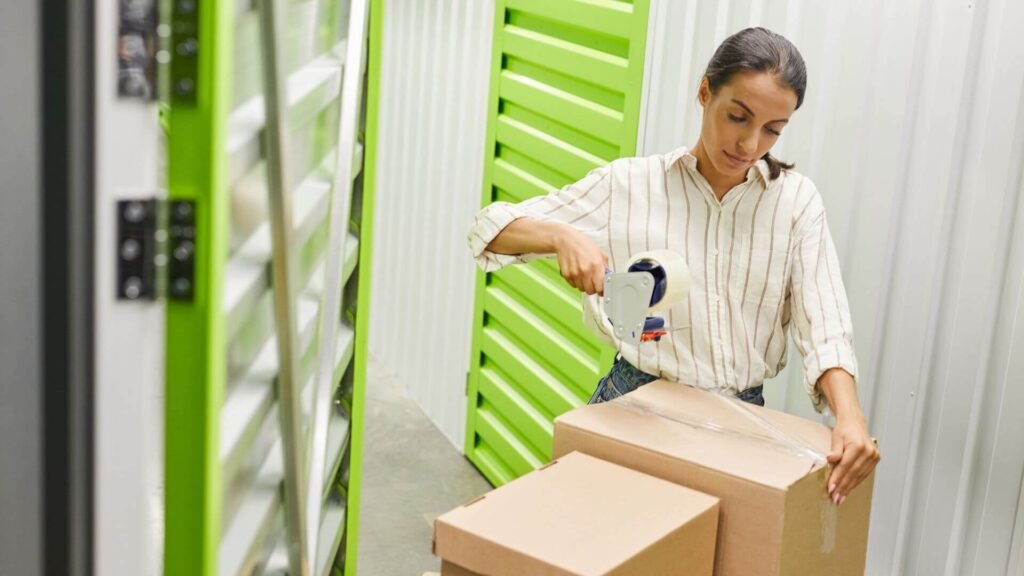

What are the Pros and Cons of Centralized Warehouse?
Because of the recent development in the e-commerce industry, businesses have seen a massive flow of customers, with demand often disrupting the supply chain. This increase has led to a boost in the number of warehouses across the globe, with the number to reach an all-time high of 180,000 by 2025.
In light of this development, it is clear that businesses will have to expand their storage facilities, but to which type? Centralized, or Decentralized? To answer that, we’ve comiled 10 advantages and disadvantages for you to analyze and assess them and make an informed decision.
What are the 10 pros?
1. Quality Control:
It is easier for businesses to manage and overlook products and materials in a few locations. Implementing standardized control measures is more feasible as compared to decentralized warehousing. This is particularly important for warehouses tasked with storing and handling fragile or environmentally sensitive products.
2. Increased Security:
A single facility means owners can invest heavily in its security, installing surveillance cameras and checkpoints. Other security measures include:
- Access control
- Alarm system
- Security personnel
- Cybersecurity
Compared to a decentralized system, where every warehouse is scattered, it is much easier to secure a single large, central warehouse.
3. Better Risk Management Protocols:
Aside from robust security, you can also enforce further risk-mitigating protocols to not only enhance the security of the facility but also:
- Reduce hazards with timely checks
- Construct and implement emergency plans, such as designing fire exits
- Hire an on-field physician for emergency healthcare
- Recruit a team for risk management
4. Optimize Resources:
By consolidating your operations in a single base, you can maximize productivity and efficacy. For instance, you need particular equipment for the smooth flow of operations in your facility. Now a decentralized warehouse chain would require you to purchase it multiple times for each facility, but a centralized system can help you significantly cut down on costs and optimize the use of minimum resources for the same result. The same goes for other resources such as storage, labor, and energy-dependent systems (such as cold storage).
5. Faster Order Fulfillment:
Centralized warehousing enables larger inventories with bigger stocks. This means that your facility can store all the products. Furthermore, assembling them gets much easier and faster, as you’re less likely to run out of raw materials and you have a sufficient workforce at your disposal to execute their assembly and packaging.
6. Good Customer Service:
As explained, centralized warehousing allows you to deliver orders at a much faster pace, as well as increase the quality of your products. Combined, these two factors play a major role in positive reviews and feedback on your goods and services. Aside from this, positive points due to centralized warehousing that contribute to positive customer service are:
- Straightforward return/exchange policy
- Rarely reject an order due to low stock
- Competitive pricing
- Sustainability initiatives for eco-conscious customers
7. Continuous Improvement:
Consolidating all the processes in a single entity makes it much easier for you to collect data about your warehouse. This data includes:
- Customer/employee feedback
- Performance metrics
- Financial data
- Inventory and supply chain data
- Product usage data
These are only a few types of data that can be collected. But why is it necessary to do so? Well, the contemporary world has forced all businesses into a race of innovation and improvement. Only the best will survive, so use all of these to analyze and craft solutions to the gaps in your services and operations.
Collecting such a vast amount of data can be highly complex and difficult for chains functioning on decentralized warehousing as there might not be sufficient data available.
8. Increased Coordination:
Centralizing your warehouse system allows you to improve communication and coordination with your partners, customers, and other supply chain parties. Suppliers do not need to constantly ask which location they need to drop off the supplies you ordered, unlike in decentralized warehousing. Similarly, a single centralized location does not confuse transportation providers.
9. Economic Benefits:
Overall, central warehousing contributes significantly to your business’s financial and economic standing. It’s made possible by a combination of factors including:
- Cost-effective distribution
- Bulk ordering and discounts
- Optimal use of workforce and resources
- Increased negotiating power
10. Scalability:
Depending on the demand in the market, centralized warehouses can be scaled up or down. Since centralized warehouses are catering to such a massive customer base, it’s not going to go out of business, unlike smaller locations which might need to shut down temporarily. In fact, it has become a trend to hire temporary staff due to seasonal demands, which is more feasible in a centralized facility rather than a decentralized chain.
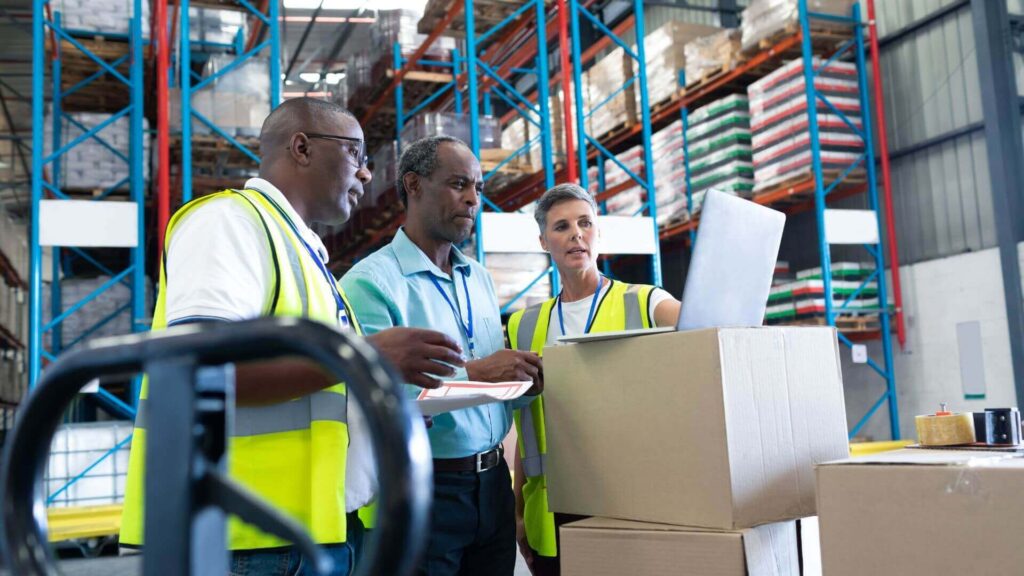

What are the 10 cons?
1. Longer Lead Times:
While assembling products gets faster, delivering them to customers that are located far away from the warehouse gets much slower. This can cause longer delivery times, adversely affecting customer feedback.
2. Increased Shipping Costs:
Delivering to customers in regions distant from your warehouse can be expensive due to the increased distance and complex logistics involved. This issue can be tackled by hiring a flexible logistics company offering freight brokerage services for managing domestic and international shipping of cargo.
3. Vulnerable to Disruption:
Centralized locations are more prone to disruptive forces such as natural disasters or lockdowns. In an event that slows down or outright stops the flow of work in a centralized warehouse, the entire supply chain depending upon it will freeze, costing businesses significant losses.
4. Higher Construction and Development Costs:
The initial capital required to build and kickstart a centralized warehouse can be highly expensive as compared to smaller warehouses. You’ll need to consider the cost of:
- Purchasing the land
- Building the infrastructure
- Hiring a huge staff
- Maintenance protocols
- Resources such as electricity
5. Dependence on a Single Location:
Centralizing a warehouse means you’re investing all your resources and time in a single place. While this location is your pure source of generating revenue, if anything happens to it, your entire livelihood can be jeopardized. Not just you, but everyone down the supply chain will suffer heavy losses due to dependence on a single facility.
6. Capacity Issues:
It’s true that centralized warehouses have higher capacities, but that isn’t infinite. During periods of high demand, they can also run out of supplies and capacity. As a result, businesses will have to open temporary locations to meet demand.
7. Meeting Local and Regional Regulations:
Since centralized warehouses are designed to manufacture and produce goods for a vast region, it also implies they’ll have to abide by different policies and regulations enforced by local governing bodies. Although it might be easier for them to increase product quality, attending to the needs of so many governing bodies can disrupt the flow of work in the warehouse.
8. Less Flexible:
When compared to their decentralized counterparts, centralized warehouses can be slower to respond to market trends and changing customer demands. They’re not able to adjust and adapt as quickly as decentralized warehouses, mainly due to the sheer scale of their infrastructure and logistics. This can translate into a competitive disadvantage for these warehouses.
9. Unstable Workforce:
Centralized warehouses usually derive their workforce from the area they’re located in. In regions with high labor turnover rates (people quit their jobs frequently), it can get impractical for warehouses to keep hiring new workers. Bear in mind that recruiting new workers involves a hefty training process which is both costly and time-consuming. Additionally, newer workers aren’t going to be as productive as experienced ones, nor are they easily managed, so your business might take a hit from that as well.
10. Taxation:
Distributing products even outside your state, you’ll need to comply with the sales tax protocols of the other state. Since centralized warehouses are functioning to cater to multiple regions, it can get tricky to keep up with all the financial requirements. These include:
- Sales tax
- Value-added tax (VAT)
- Use tax
- Local tax
Therefore, you’ll also need to hire tax consultants and advisory firms to manage it all in one place.


Conclusion: Centralized vs. Decentralized Warehouse
It is evident that centralized warehousing has both advantages and drawbacks, but when making a decision, ask yourself questions like:
- Can I afford it?
- Do I have the team for it?
- Does its way of operations align with the values of my business?
By asking yourself questions like these, you’ll be able to assess the direction that’s best for your business!
Searching for someone to run your logistics operations? Look no further! Logos Logistics has you covered. From warehousing and transportation to contract logistics and order fulfillment, we provide you with everything you need. Contact us today!

